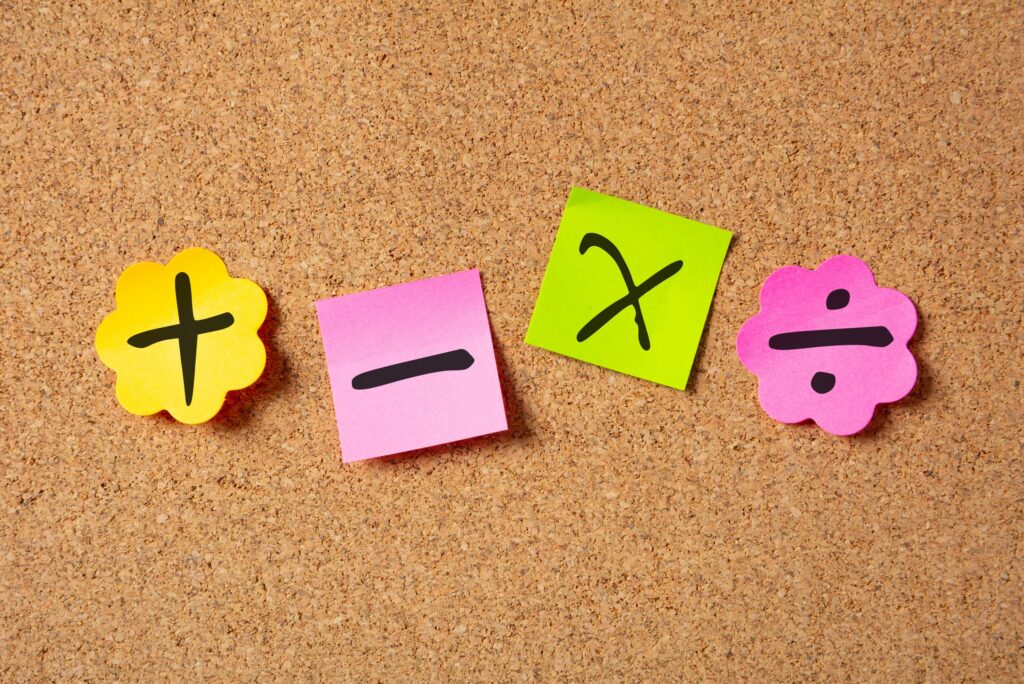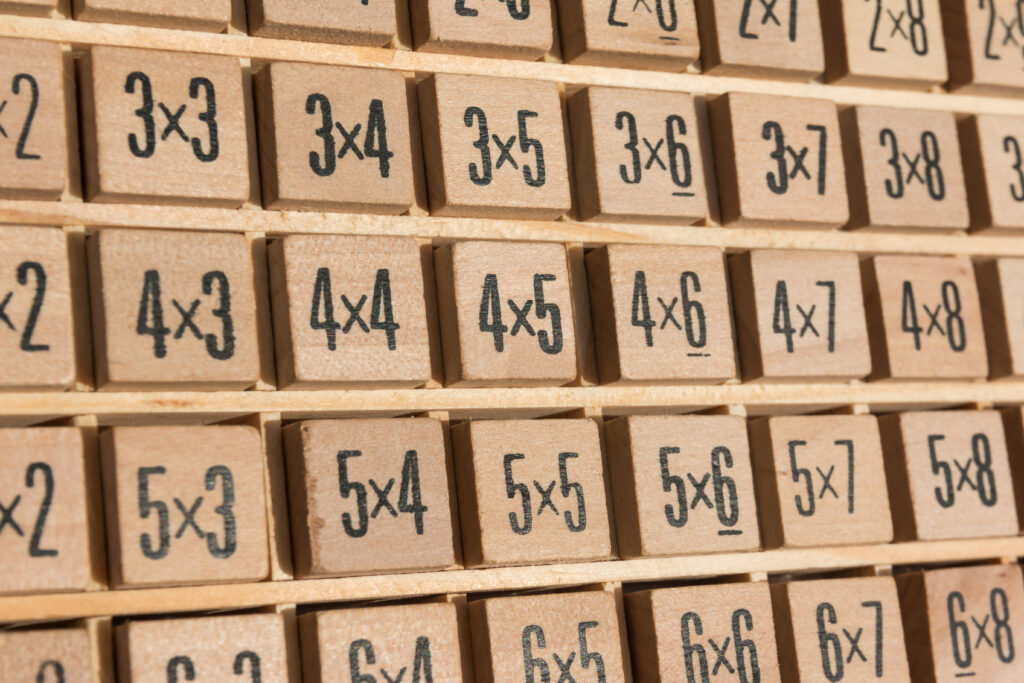If you were to try to find out the statistics for how many people like strawberries in the UK, it would be very difficult, it not impossible, to ask everyone and publish the results. Because of the difficulties, market researchers use a process called ‘sampling’. Using this process they ask the questions of a large and representative number of people and then multiply up the results to get a national opinion.
In these activities, the pupils will practice sampling which is very important for understanding this year’s General Election.
Activity: Sampling
Suitable for:
Year 3 to Year 6
Learning Focus:
Understand how accurate calculations can be made using sampling
To understand the need for a representative selection for sampling
How many people in the UK like dogs?
Tell the pupils how many people there are in the UK – around 64m, then ask them what they think the answer is. Do they think that the answer may be different for men, women or children? Does the answer depend on age? Do older people prefer cats as they are lower maintenance?
How do they think they could get a more accurate answer?
To begin with they could carry out a survey amongst the children in the school. That would give a rough answer but wouldn’t take into account the range of ages in the UK.
It is hoped that some pupils will suggest that people in several age groups and of different genders should be asked independently.
Once the pupils have got a more accurate sample they should be able to scale up the results according to the number of men or women in the different age groups and come out with a more accurate answer. They should then compare their answers to their original one.
Activity: Opinion Polls and Percentages
Suitable for:
Year 4 to Year 6
Learning Focus:
Understand that the component percentages of a total must equal 100
Be able to calculate percentage as a fraction of the whole
In the run up to the General Election, opinion polls showed what pollsters thought people’s voting intentions on the day would be.
Using the information from the previous activity, ask the pupils to calculate what percentage of people like dogs. You could extend the activity by redoing the research to get people to choose from a list of common pets. With just dogs in the survey, you should get two percentages, one for those that like dogs and those that don’t. If you’ve chosen a longer list of options, you’ll have several percentages which will total 100%.
In completing the calculations, you’ll need to remind the pupils that they need to divide the sample total by the total sample then multiply by 100 to get the percentage figure.
Activity: Swings
Suitable for:
Year 5 and Year 6
Learning Focus:
To be able to calculate percentage change
In the General Election, we heard a lot about ‘swings’, not the staple feature of the park, but the movement of sentiment from one political party to another.
In this activity, the pupils will look at mock constituencies and decide what percentage swing would be needed for the part in second to win
Look at this example:
For the Conservatives to win they would need 2501 votes from Labour or 5001 votes from the Liberal Democrats so the swing from Labour needed would be (2501 ÷ 20000) x 100 = 12.505%. From the Liberal Democrats it would be (5001 ÷ 8000) x 100 = 62.5125%
You will need to remind the pupils that the swing between first and second is just over half the difference, not the whole difference. You can demonstrate this by taking 5000 off the Labour votes and adding them to the Conservatives and the pupils will see that the effect is much more than is needed.
Now ask them to do the calculations on the Swings Worksheet.




